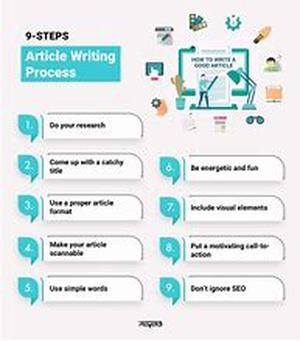
KWD: 11448 2.45Free Patent Free Patent Searches Are Highly Relevant When It Comes To Applying For A Patent. An Inventor Should Never Leave Anything To Chance. The Inventor Should Make Sure That The Idea Is Patentable Or That There Is No Prior Art Similar To The Invention. This Way He Would Not Waste Precious Time, Money And Energy On A Futile Pursuit To Earn A Patent.In Some Instances, During Free Patent Searches You Many Discover That Certain Elements Of The Proposed Invention (embodiments), But Not All, Will Be Patentable. A Prior Free Patent Searches And Opinion Allows The Inventor To Identify The Patentable Elements And File A Patent Application Which Avoids The Prior Art And Prevents Any Patent InfringementConducting Free Patent Searches Lets You Know If There Are Related Inventions Out There And To See If You Can Protect Your Idea. This Is Important Due To The Following Reasons:1) Free Patent Searches Documents Your Idea And Serves As A Record Of Invention Date.2) Free Patent Searches Prevent You Wasting Time On Developing An Idea That Already Exists.To Conduct Free Patent Searches One Can Start Searching At The U.S. Patent Office Database At Http:www.uspto.govpatftindex.html. Another Source For Free Patent Search Is The Patent And Trademark Depository Library (PTDL). PTDL Is A Library Which Is Designated By The US Patent And Trademark Office (PTO) To Receive And House Copies Of US Patents And Patent And Trademark Materials, To Make Them Available To The Public, And To Disseminate Both Patent And Trademark Information.7 Steps To Conducting A Free Patent Search At Patent And Trademark Depository Library (PTDL):1. Index To The US Patent Classification. Begin The Free Patent Search With This Alphabetical Subject Index To The Manual Of Classification. 2. Manual Classification. Locate Class And Subclass Numbers In The Manual. Note Where The Terms Fall Within The US Patent Classification System. 3. Classification Definitions. Read The Definitions To Establish The Scope Of Class And Subclass Relevant To The Search. 4. Browse Patent Titles And Abstract. Browse Through Titles Of Patents And Published Applications In The Given Class And Subclass. Step 2. Remember That Patents BIB Includes Bibliographic Information For Patents From 1969 To Present And Published Patent Applications From 2001 To The Present. 5. Retrieve Subclass Listing. Once You Have Identified The Relevant Classes And Subclasses, Obtain A List Of All Patent Numbers.6. Official Gazette- Patent Section. Go To The Gazette And Look For Exemplary Claim And A Representative Drawing For All Patents On The List To Eliminate Patents Unrelated To The Invention. 7. Complete Patent Document. Search The Complete Text And Drawing Of Closely Related Patents To Determine How Different They Are From The Invention.





